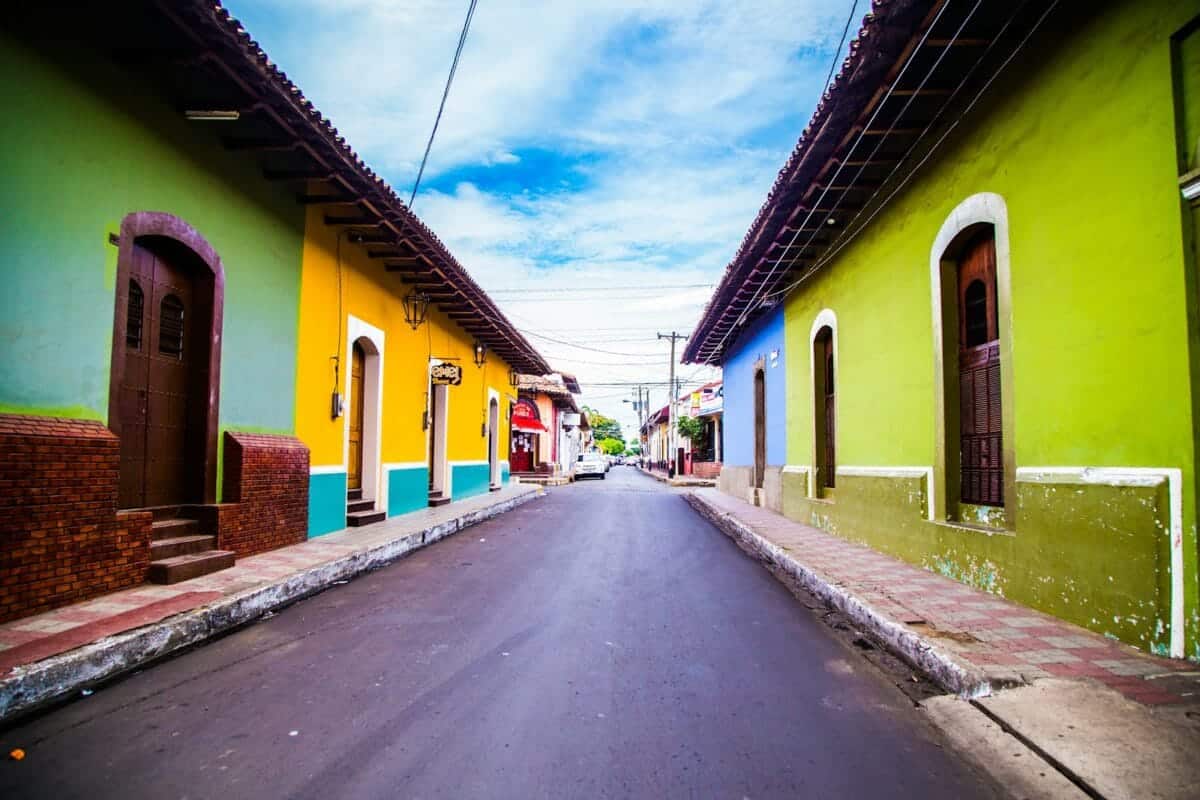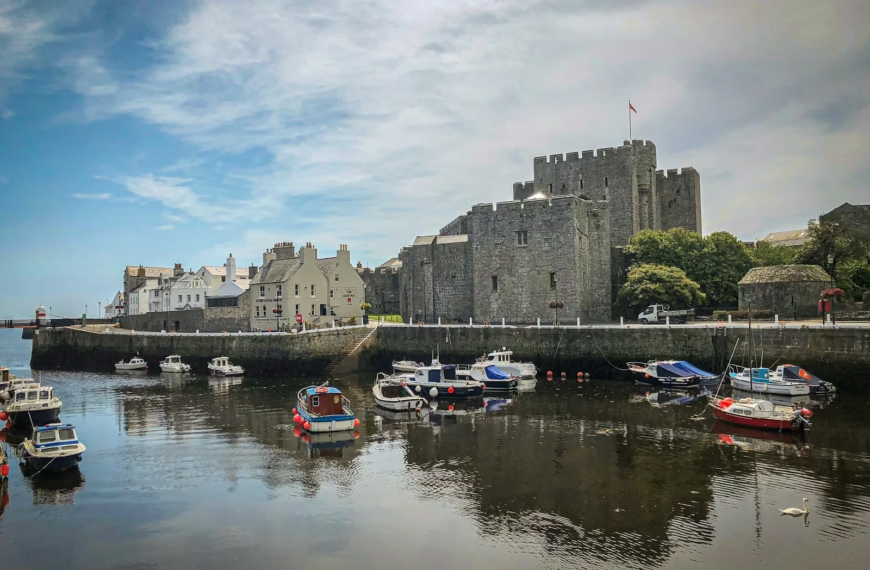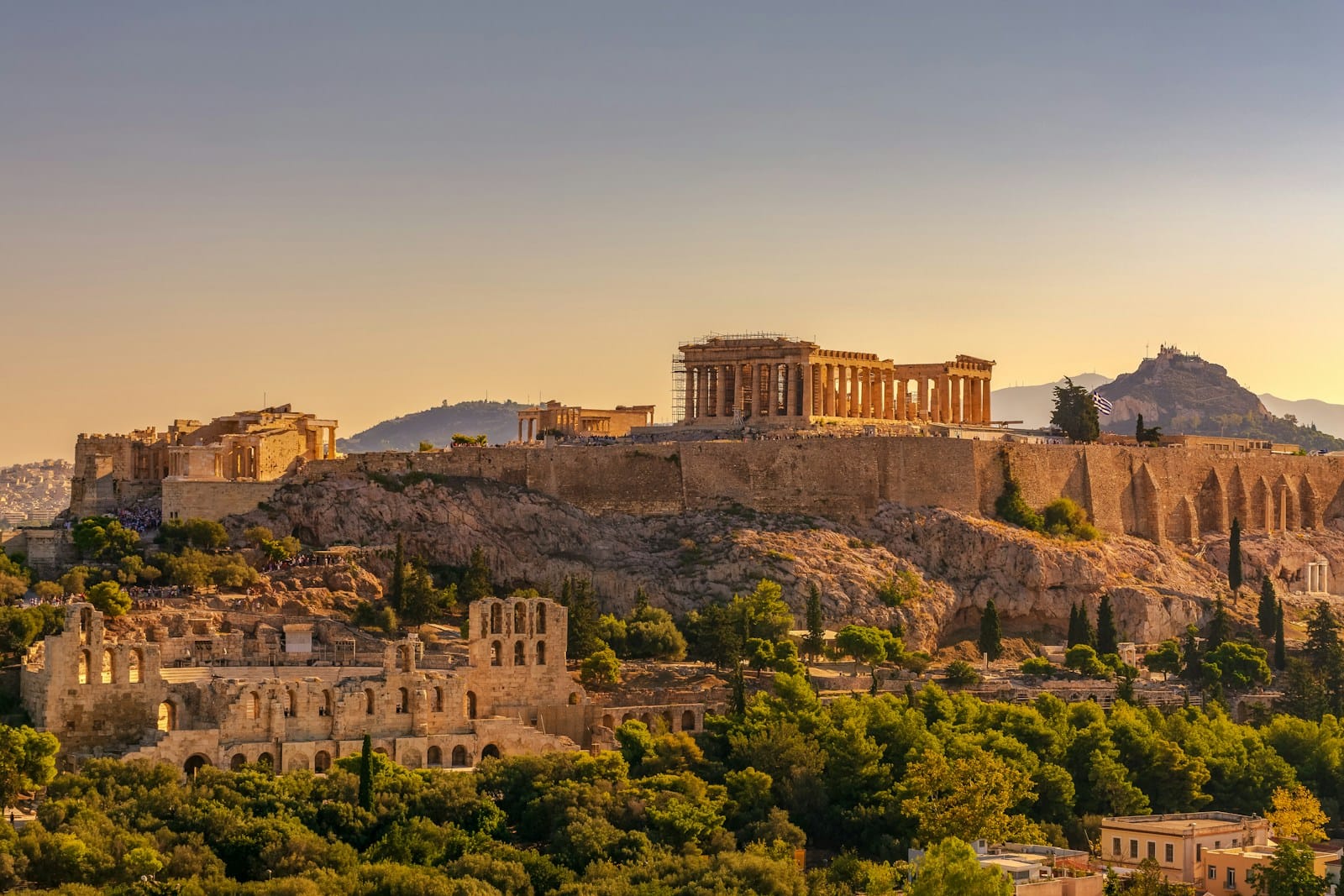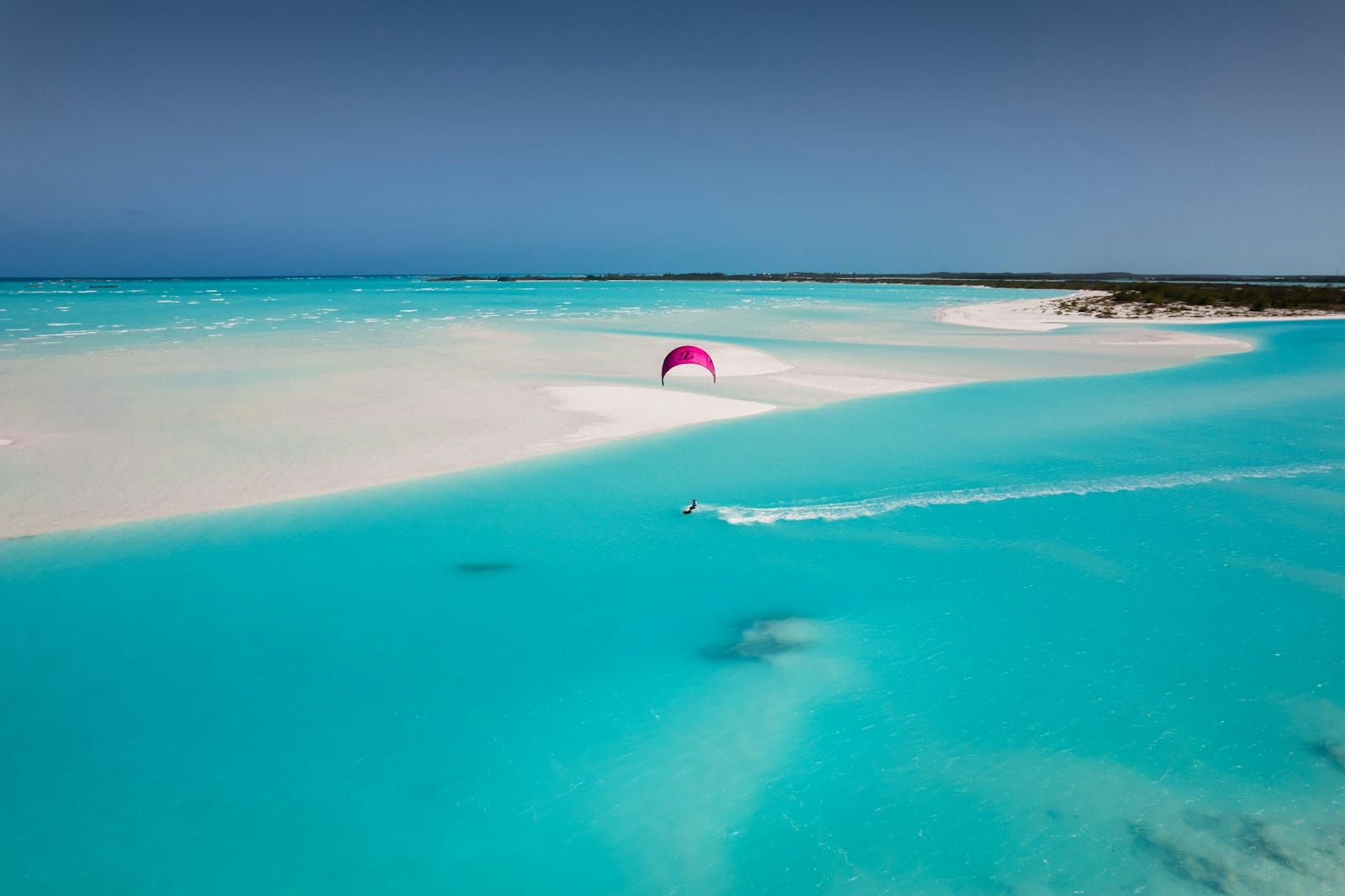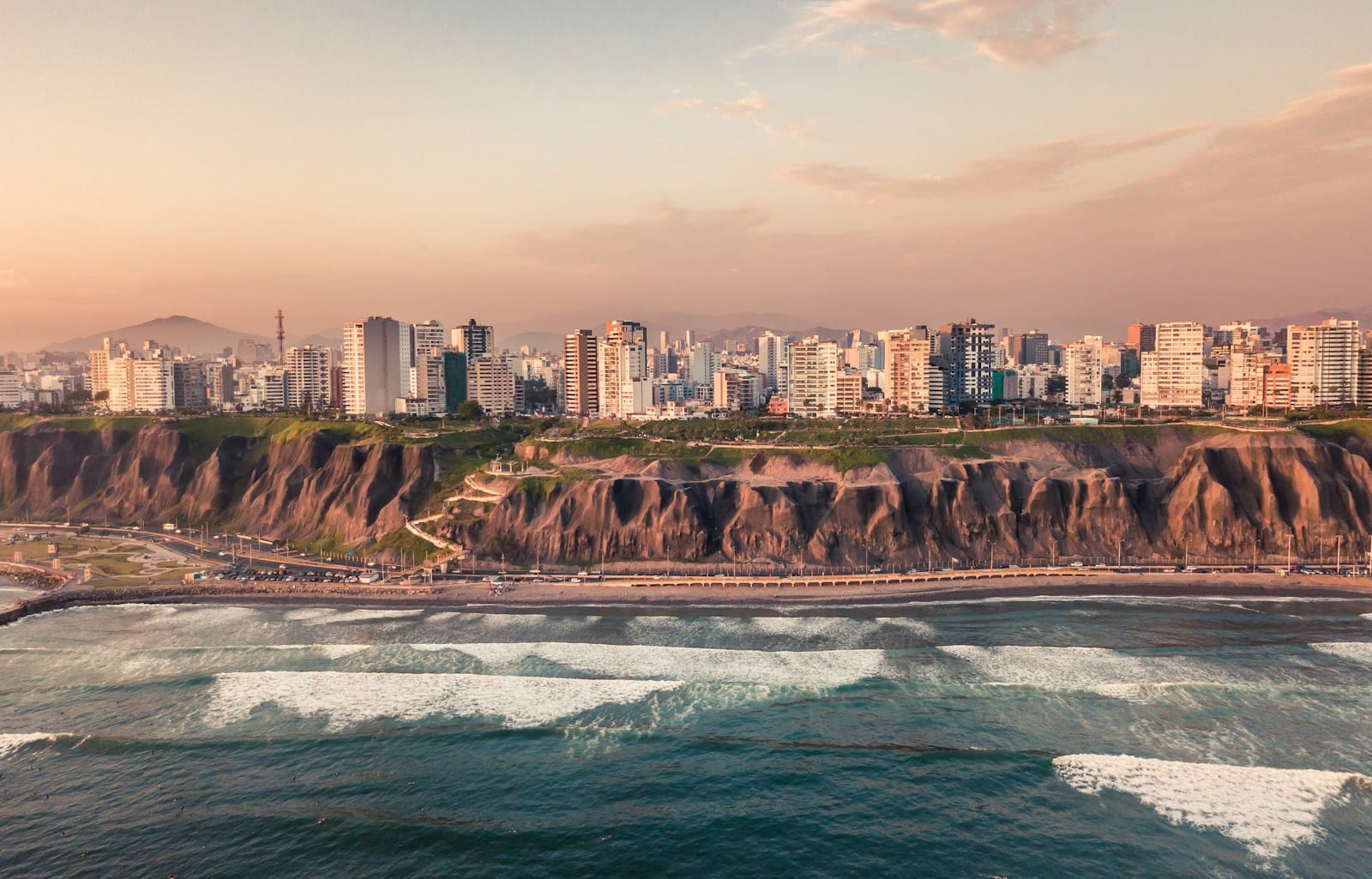Nicaragua Travel Guide: Explore Raw Beauty & Culture
Introduction to Nicaragua Travel Guide
Often overshadowed by its neighbors, Nicaragua quietly offers one of Central America’s most rewarding and authentic travel experiences. From volcanic islands and colonial cities to untouched beaches and thriving artisan culture, this country invites the curious traveler to explore deeper and slower.
Nicknamed the “Land of Lakes and Volcanoes,” Nicaragua offers nature lovers, cultural explorers, and surfers a rich, affordable adventure that still feels off the beaten path.
Start planning your trip with our complete Nicaragua Travel Guide — uncover historic cities, volcanic landscapes, and unforgettable experiences.
💡Quick Facts:
Continent: North America (Central America)
Area: 130,375 km²
Population: ~6.9 million (2024)
Density: ~53 people/km²
Capital: Managua
Regions: Pacific Coast, Central Highlands, Caribbean Coast, León, Granada, San Juan del Sur, Corn Islands
Language: Spanish (official); English and indigenous languages in Caribbean regions
Currency: Nicaraguan Córdoba (NIO)
Time Zone: GMT–6
Main Entry Airports: MGA (Managua), BEF (Bluefields), PUZ (Puerto Cabezas)
Climate: Tropical (dry season Nov–Apr, rainy season May–Oct)
Known For: Volcano boarding, colonial cities, freshwater lakes, Pacific surf beaches, jungle adventures, affordable travel, untouched Caribbean islands
🛂Arrival Info:
Citizens of the US, Canada, EU, UK, Australia, and most Latin American countries do not need a visa for stays up to 90 days. Passport must be valid for at least 6 months. A $10 tourist card is payable upon arrival at airports and land borders. Nicaragua – Visa Information
💉Health Info:
Routine vaccines should be up-to-date. Recommended: Hepatitis A & B, Typhoid, and Tetanus. Malaria and dengue exist in rural eastern zones; bring repellents. Major cities like Managua and León have basic medical services.
Travel health updates — get coverage here
Stay Informed with Official Updates: World Health Organization – International Travel and Health | Centers for Disease Control and Prevention – Global Travel Health
🚨Travel Advisory:
Political tensions, protests, and arbitrary detentions have occurred since 2018. Exercise increased caution, avoid demonstrations, and follow local media. Certain regions near the Caribbean may be affected by organized crime.
Stay Informed with Official Updates: US Travel Advisory | UK Foreign Travel Advice
📅Holidays:
Key holidays include Holy Week (March/April), Independence Day (September 15), Revolution Day (July 19), and Christmas (December 25). Expect closures and busy transport during national holidays.
💰Money Matters:
Cash is king; carry small USD bills and local córdobas. ATMs are widely available in cities. Visa and Mastercard accepted in hotels and supermarkets. Tipping is common in tourism. Duty-free allowance includes 1 liter of alcohol and 200 cigarettes.
🚍Transport:
Long-distance buses serve all regions and are cheap but slow. Private shuttles run between tourist cities. Taxis and moto-taxis are common in towns; always negotiate fares in advance. Roads are generally good on the Pacific side, rougher in the Caribbean and rural interior.
📶Connectivity:
Claro and Tigo offer prepaid SIM cards with decent nationwide coverage. Wi-Fi is common in hotels and cafés, especially in Granada, San Juan del Sur, and León. Rural areas may lack stable signal.
📜Laws & Etiquette:
Avoid political discussions and photography of government buildings. Dress modestly in rural communities. LGBTQ+ travelers are accepted in tourism hubs but should be discreet. Possession of drugs is illegal and severely penalized.
🛡️Emergency Info:
Dial 118 for police and 128 for medical emergencies. Emergency services may be limited outside cities. For health or accident support, it’s best to be covered — compare coverage with Ekta – Compare Travel Insurance Options
🌦️Weather:
The best time to visit is during the dry season (November to April) when skies are sunny and humidity is low. Rainy season runs May–October, with heaviest rainfall in September. Hurricanes can affect the Caribbean coast.
Weather Forecast
Nicaragua by Region – Where to Go
Nicaragua is divided into three primary geographic regions, each with its own landscapes and travel gems.
Pacific Region
- Granada: One of Central America’s oldest cities, known for its colorful colonial facades, horse-drawn carriages, and access to Lake Nicaragua.
- León: A historic university town with revolutionary murals, rooftop cathedral views, and nearby volcanoes like Cerro Negro for boarding.
- San Juan del Sur: The country’s most popular surf and beach destination, with crescent bays, nightlife, and yoga retreats.
- Masaya: Famous for its active Masaya Volcano and artisan market.
- Rivas & Ometepe Island: Ometepe is a twin-volcano island in Lake Nicaragua, ideal for hiking, biking, and freshwater swimming.
Central Highlands
- Matagalpa: A coffee town set in misty hills, perfect for plantation tours and eco-lodges.
- Jinotega: Known as the “City of Mists,” surrounded by mountains and rich in birdlife.
- Estelí: A cigar capital near nature reserves like Miraflor, offering horseback riding and rural tourism.
Caribbean Coast (Mosquito Coast)
- Bluefields: The gateway to Nicaragua’s Caribbean culture, music, and Afro-indigenous traditions.
- Corn Islands: Big Corn and Little Corn Islands offer laid-back, turquoise-water escapes ideal for diving and snorkeling.
Top Places to Visit in Nicaragua
Grouped by travel theme, here are Nicaragua’s top travel destinations:
Historic & Cultural Cities
- Granada: A charming colonial hub on Lake Nicaragua with accessible island tours and volcano views.
- León: Revolutionary history, beautiful churches, and a vibrant local culture.
Nature Escapes
- Ometepe Island: Twin volcanoes, lagoons, and farm stays surrounded by Lake Nicaragua’s calm waters.
- Miraflor Reserve (Estelí): A cloud forest ideal for nature lovers and birdwatchers.
Beach & Island Getaways
- San Juan del Sur: Surfer-friendly and social, but also great for beginner waves and quiet nearby coves.
- Little Corn Island: A remote paradise with no cars, white sand beaches, and reef diving.
Adventure Hotspots
- Cerro Negro Volcano: The only place in the world to try volcano boarding.
- Masaya Volcano: One of the few places where you can peer directly into a glowing lava lake.
How to Choose Where to Go in Nicaragua
To build your perfect trip:
- For Culture & History: Base in Granada and León, and visit nearby artisan towns like Masaya.
- For Nature & Volcanoes: Visit Ometepe, Miraflor, or Cerro Negro.
- For Beaches & Surfing: Head south to San Juan del Sur, or fly to the Corn Islands.
- For Coffee & Eco-Stays: Try the highlands of Matagalpa or Jinotega.
An ideal combo: Granada + Ometepe + San Juan del Sur or add the Corn Islands for a coastal finale.
How to Get Around Nicaragua
Getting around is affordable, but planning ahead helps:
- Buses: “Chicken buses” are cheap but slow. Express minibuses (interlocales) run faster between cities.
- Private Shuttles: Ideal for tourists traveling from Managua to León, Granada, or San Juan del Sur.
- Car Rental: Great for flexibility, especially when exploring Ometepe or northern towns.
- Taxis: Widely available and cheap in cities, but always confirm the price before boarding.
- Boats/Ferries: Required for Ometepe and Corn Islands (though flights to Big Corn are more efficient).
- Domestic Flights: La Costeña operates flights from Managua to Bluefields and the Corn Islands.
Travel Budget & Costs in Nicaragua
One of the most affordable countries in the Americas:
- Budget: $25–40/day — hostels, street local food, public buses
- Mid-Range: $45–85/day — guesthouses, tours, nicer meals
- Luxury: $100–250/day — boutique eco-lodges, private guides, diving trips
Sample prices:
- Hostel bed: $10–20
- Street local food meal: $2–4
- Shuttle (Granada to San Juan del Sur): ~$15
- Entry to Masaya Volcano: ~$10
Tip: Carry some cash (Nicaraguan córdoba or USD) in rural areas. Credit cards are accepted in major towns.
Best Time to Visit Nicaragua
Dry Season (November–April)
- Best for travel and surfing
- Volcano views are clearest
- Ideal for the Corn Islands, Ometepe, and colonial cities
Wet Season (May–October)
- Lush greenery and fewer tourists
- Afternoon showers common, especially in highlands
- Mosquito Coast and rural roads can be harder to navigate
Festivals to Catch:
- La Purísima (Dec 7): A lively Marian celebration across the country
- Semana Santa (Holy Week): Colorful processions and packed beach towns
- Revolution Day (July 19): Particularly vibrant in León
Must-See Experiences in Nicaragua
Here are the most memorable things to do in Nicaragua, from cultural rituals to raw nature:
- Explore Isletas de Granada by Boat: Paddle or cruise past 365 lush islets on Lake Nicaragua.
- Hike Concepción Volcano: Challenge yourself on Ometepe’s most iconic climb.
- Try Volcano Boarding at Cerro Negro: Fly down volcanic ash on a wooden board — pure adrenaline.
- Take a Cigar Tour in Estelí: Learn from Nicaragua’s world-famous cigar artisans.
- Watch Lava Glow at Masaya Volcano: See molten magma after dark from a crater edge.
- Go Diving off Little Corn Island: Swim with nurse sharks and colorful reef fish in warm, clear waters.
- Sip Coffee in Matagalpa: Visit plantations and enjoy the misty highlands.
- Browse Masaya’s Artisan Market: Find handmade hammocks, pottery, and embroidered goods.
- Relax in San Juan del Sur: Surf by day, party or stargaze by night.
- Savor local food at a fritanga: Grilled meats, gallo pinto, and fried plantains await.
Book immersive Nicaragua tours and experience unforgettable things to do in Nicaragua — from sacred temple rituals and highland treks to floating markets and lakeside local food adventures.
Best Travel Itineraries in Nicaragua
7-Day Highlights
- Day 1–2: Explore Granada + isletas + Masaya Volcano
- Day 3–4: Ferry to Ometepe, hike and swim
- Day 5–7: Beach time in San Juan del Sur
10-Day Colonial + Nature
- Granada → León → Estelí → Miraflor → Matagalpa → Managua
2-Week Coast & Island
- Granada → Ometepe → San Juan del Sur → Fly to Corn Islands → Return to Managua
Customize your route by combining lake views, volcano treks, and coastal escapes.
Local Cuisine & Culinary Experiences
Nicaraguan cuisine is flavorful, hearty, and influenced by both indigenous and Spanish traditions.
Dishes to Try:
- Gallo Pinto: The staple breakfast of rice and beans, often served with eggs and cheese.
- Nacatamales: Corn dough stuffed with pork, rice, and vegetables, steamed in banana leaves.
- Vigorón: Yucca root topped with pork rind and cabbage salad, a Granada street food classic.
- Indio Viejo: A traditional beef stew with masa and sour orange.
- Quesillo: Soft cheese wrapped in a tortilla with onions and vinegar.
- Rondón (Caribbean Coast): Coconut milk seafood soup with plantains and cassava.
Experiences:
- Street food tours in Granada or León
- Home cooking classes with local families in Ometepe or Estelí
- Rum tastings — sample Flor de Caña, Nicaragua’s award-winning export
Travel Safety & Cultural Etiquette in Nicaragua
Safety Tips:
- Generally safe for travelers, but petty theft exists — stay alert in markets and on buses.
- Check for road or political updates before heading to remote regions.
- Use local guides for volcano hikes or jungle treks.
Cultural Norms:
- Dress modestly outside beaches or tourist hubs.
- A handshake is common; greetings are important.
- Always ask before photographing people, especially in indigenous communities.
- Locals are friendly but reserved — learning a few Spanish phrases goes a long way.
Where to Go Next – Pair Nicaragua with These Destinations
- Costa Rica: Cross by land to explore cloud forests and eco-luxury lodges.
- El Salvador: A compact country with surfing and volcanoes just north of León.
- Honduras: Combine Nicaragua’s south with the Bay Islands and Copán ruins.
Explore more nearby countries:
Final Planning Checklist for Nicaragua
• Choose your route: colonial cities, lakes, surf beaches, and islands
• Book domestic flights (especially to the Corn Islands) early
• Confirm hotel reservations and private shuttles in advance
• Check entry visa rules — most travelers get 90 days on arrival
• Bring USD and cordobas — ATMs are common but not universal
• Pack sun protection, insect repellent, and hiking sandals
• Download maps and translation apps for rural travel
• Review volcano safety protocols if hiking active sites
• Respect local pace — Nicaragua is best enjoyed slowly
Explore Nicaragua with confidence using our trusted tips, local insights, and region-by-region planning tools.
For more expert travel tips, practical strategies, and trusted tools — visit our Homepage and get inspired for your next trip.

